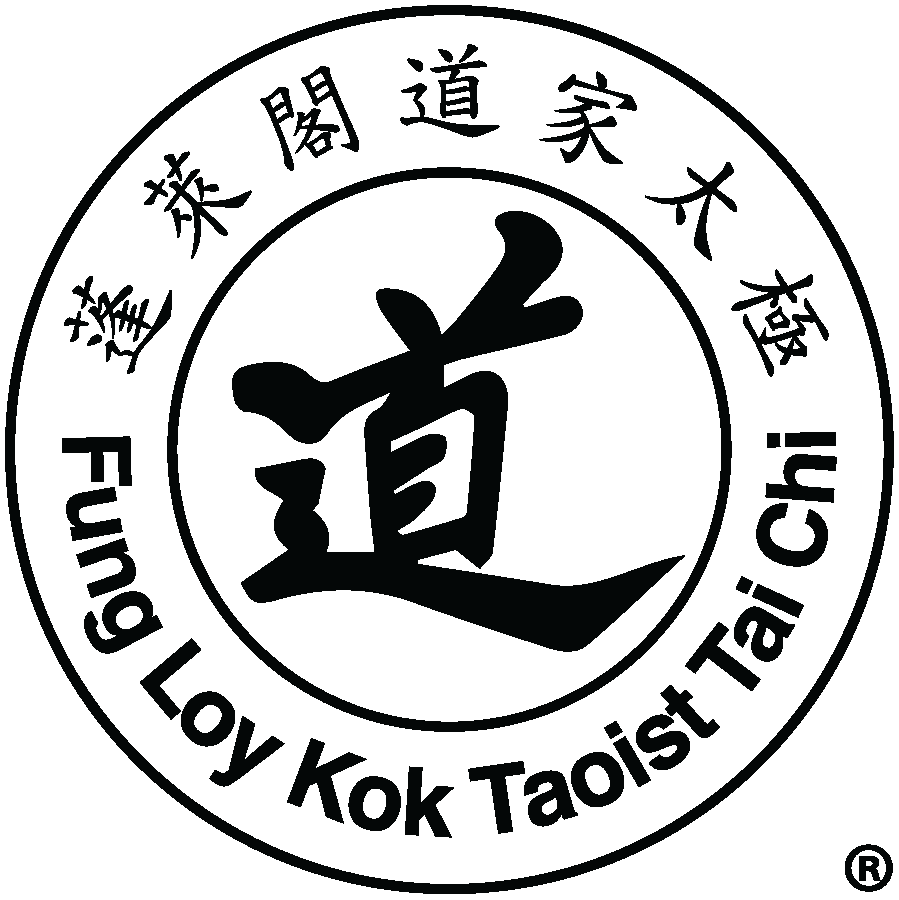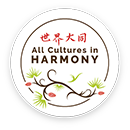One morning, my neighbour came up to me and said, “You have a good practice, getting stronger every day!“ I replied, “By going to synagogue every morning, you too have a good practice.” He nodded and said, “I have no choice!”
This response struck me. Initially, it seemed to me that any one of us has a choice to engage in any activity or practice. However, I thought a little more about my responsibility towards Master Moy’s teachings, my family and community. The question nagged me: is there not always a choice? …
Every day I get up early in the morning for my practice outside behind my home in the alleyway. During those early hours, I rarely see anyone. One person that I do occasionally see is a Hasidim, a practitioner of Orthodox Judaism. Dressed in a black coat, wearing his long curled bangs and beard, he walks to synagogue for morning prayers.
I live in Montreal right next to a prominent Hasidic community. Generally, there is not much exchange with the Hasidim but with this man it is different. As our paths crossed early in the morning, we greet one another and sometimes chat. One morning as I was practicing, he came up to me and said, “You have a good practice, getting stronger every day!“. I replied, “By going to synagogue every morning, you too have a good practice.” He nodded and, as he walked away, turned to me and replied, “I have no choice!”
“I have no choice!“. This response struck me. I thought about my practice and whether I have a choice. Initially, it seemed to me that any one of us has a choice to engage in any activity or practice. However, I thought a little more about my responsibility towards Master Moy and what he taught us. I thought about my responsibility towards my family and community to maintain my good health. The question nagged me: is there not always a choice?
But more recently I have been paying closer attention to the question of the feeling, not only during practice but checking in often in my day-to-day activities. How do I feel, what do I feel, what am I connected to?
What I understand today is, when the feeling is unattached, not judgmental, without too much thought and not anchored in some kind of desire or fear, it is – I’m not sure how to put it – light, free flowing, present. I sensed that going against that feeling, it would be a kind of violence against myself. In that sense, I feel I have no choice. It reminds me of something Mr. Moy once told me.
In 1988, during a workshop, he asked me out onto the floor in front of all the participants to ask me why I am being cocky about the work that I had been doing in Poland. He had me demonstrate brush knee in front of everyone. After observing me he told me that the way I am practicing I am killing myself.
For years I had not really understood what he meant. It is thanks to our reflections these past few years that I feel I understand a little more. I think back then, I was really tense, controlling, and holding on to my thoughts, analyzing, positioning. That tightness and puffiness hardening the body and mind rather than softening it. I understand that, by the way I was practicing and through my attitude, I was hurting myself. Maintaining that outlook would have led me over the years to greater harm.
It is hard for me to maintain sensitivity on a regular basis. I do have a feeling of what to look for. It requires a sense of presence while letting go. It is challenging but I get a bit better at it every day. I see it as “eyes see, hands do” of the spirit!
I am grateful for his teachings and the guidance and wisdom of the directors.
Un matin, mon voisin s’est approché de moi et m’a dit: “Tu as une bonne pratique, tu es plus fort chaque jour!” Je lui ai répondu : “En allant à la synagogue tous les matins, toi aussi tu as une bonne pratique.” Il a hoché la tête et a dit: “Je n’ai pas le choix !”
Cette réponse m’a frappé. Au départ, il me semblait que chacun d’entre nous a le choix de s’engager dans n’importe quelle activité ou pratique. Cependant, j’ai réfléchi un peu plus à ma responsabilité envers les enseignements de Maître Moy, ma famille et ma communauté. La question me taraudait: n’y a-t-il pas toujours un choix? …
Chaque jour, je me lève tôt le matin pour m’entraîner derrière chez moi, dans la ruelle. Pendant ces premières heures, je vois rarement quelqu’un. Une personne que je vois occasionnellement est un Hassidim, un pratiquant du judaïsme orthodoxe. Vêtu d’un manteau noir, portant sa longue frange bouclée et sa barbe, il se rend à la synagogue pour les prières du matin.
Je vis à Montréal, juste à côté d’une importante communauté hassidique. En général, il n’y a pas beaucoup d’échanges avec les hassidim, mais avec cet homme, c’est différent. Comme nos chemins se croisent tôt le matin, nous nous saluons et bavardons parfois.
Un matin, alors que je m’entraînais, il s’est approché de moi et m’a dit : “Tu as une bonne pratique, tu deviens plus fort chaque jour !”. Je lui ai répondu : “En allant à la synagogue tous les matins, toi aussi tu as une bonne pratique”. Il a hoché la tête et, alors qu’il s’éloignait, s’est tourné vers moi et m’a répondu : “Je n’ai pas le choix !”.
“Je n’ai pas le choix !”. Cette réponse m’a frappé. J’ai réfléchi à ma pratique et à la question de savoir si j’avais le choix. Initialement, il me semblait que chacun d’entre nous avait le choix de s’engager dans n’importe quelle activité ou pratique. Cependant, j’ai pensé un peu plus à ma responsabilité envers Maître Moy et ce qu’il nous a enseigné. J’ai pensé à ma responsabilité envers ma famille et ma communauté pour maintenir ma bonne santé. La question me taraudait : n’y a-t-il pas toujours un choix ?
Mais plus récemment, j’ai prêté plus d’attention à la question du ressenti, non seulement pendant la pratique mais pendant mes activités quotidiennes. Comment est-ce que je me sens, qu’est-ce que je ressens, à quoi suis-je connecté ?
Ce que j’ai compris aujourd’hui, c’est que lorsque le sentiment n’est pas attaché, qu’il ne porte pas de jugement, qu’il n’est pas trop réfléchi et qu’il n’est pas ancré dans une sorte de désir ou de peur, il est – je ne sais pas comment le dire – léger, fluide, présent. J’ai senti qu’aller à l’encontre de ce sentiment, ce serait une sorte de violence contre moi-même. Dans ce sens, je sens que je n’ai pas le choix.
Cela me rappelle quelque chose que M. Moy m’a dit un jour. En 1988, au cours d’un atelier, il m’a fait sortir dans la salle devant tous les participants pour me demander pourquoi je me montrais orgueilleux à propos du travail que j’avais fait en Pologne. Il m’a fait faire une démonstration du mouvement brosse genou devant tout le monde. Après m’avoir observé il m’a dit qu’en pratiquant de cette manière, je me tuais.
Pendant des années, je n’avais pas vraiment compris ce qu’il voulait dire. C’est grâce à nos réflexions de ces dernières années que j’ai l’impression de comprendre un peu mieux. Je pense qu’à l’époque, j’étais vraiment tendu, je contrôlais, je m’accrochais à mes pensées, j’analysais, je me positionnais. Cette crispation et ce gonflement durcissait le corps et l’esprit au lieu de l’adoucir. Je comprends que, par la façon dont je pratiquais et par mon attitude, je me faisais du mal. Maintenir cette attitude m’aurait conduit, au fil des ans, à la souffrance.
Il m’est difficile de maintenir ma sensibilité sur une base régulière. Je sais ce que je dois rechercher. Cela demande un sens de la présence tout en lâchant prise. C’est un défi, mais je m’y prends un peu mieux chaque jour. Je vois cela comme “les yeux voient, les mains font” de l’esprit !
Je suis reconnaissant pour ses enseignements et pour les conseils et la sagesse des directeurs.

